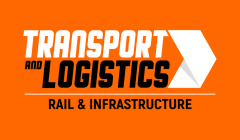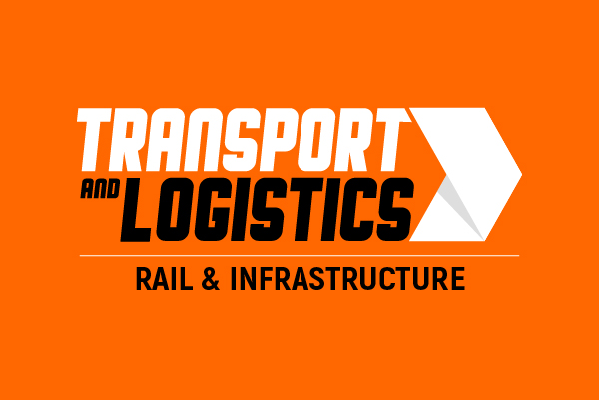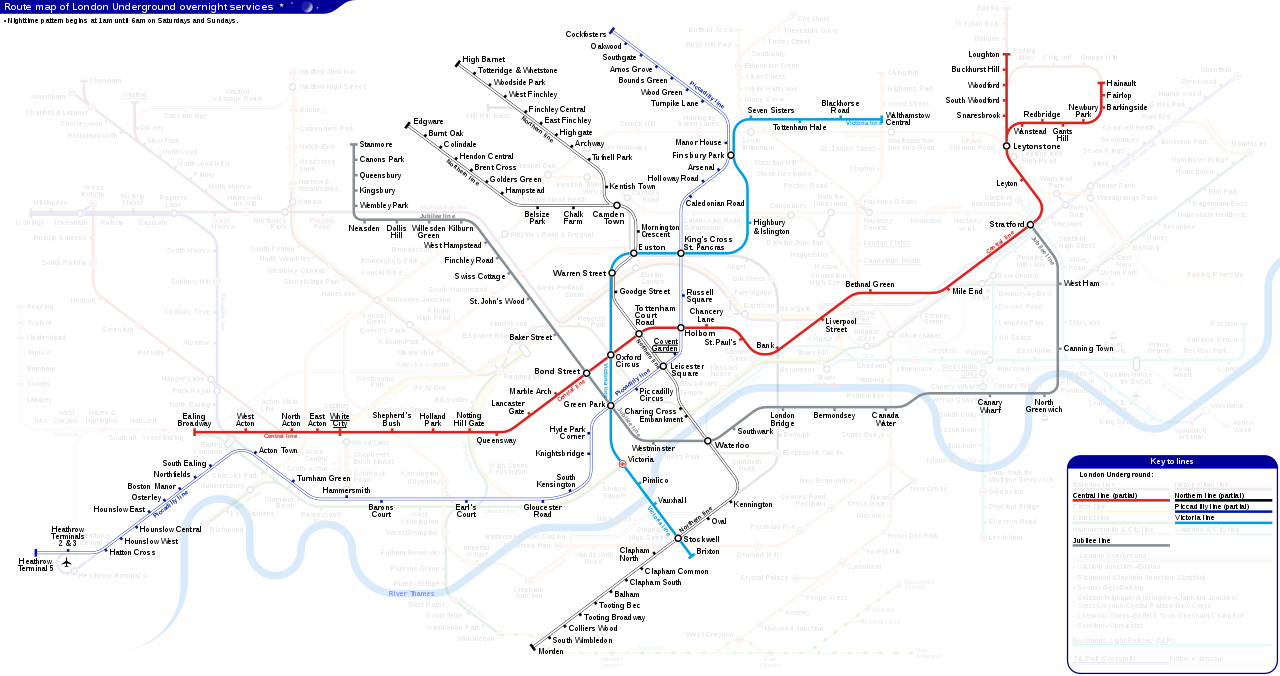London Crossrail, Europe’s largest infrastructure project, is now over 70% complete, and when it opens in May 2017 looks set to bring a number of benefits to commuting in London. Not only will it improve journey times from one side of London to the other by providing direct links from east to west, it is likely to ease congestion and offer better connections in the heart of the city itself.
At present, over 1.2 million people enter central London each weekday morning. A daily commute to and from work accounts for almost 3 in 10 of Londoners’ trips, yet few people would combine the word ‘happiness’ alongside ‘commuting’. There may be high-level demand for rail travel but for many it’s a chore rather than a pleasure, with over 1000 people crammed into each tube train at rush hours, often arriving home feeling drained from the experience. It’s almost as if there’s an unwritten rule for London commuters not to smile, not to make eye contact and certainly not to laugh! With over 1.3 billion tube journeys made each year positivity is sparsely found on London’s train lines and that dips even further in the face of any service delays resulting from an ageing network. The percentage of happy commuters is therefore currently fairly low.
So could London Crossrail help to turn this around and make commuter’s happier? Let’s take a look at some advantages of the new travel line:
Creating more space for commuters
An improved, expanded travel service serving more places will mean fewer travel bottlenecks and will reduce crowds on London’s travel services. This may mean there will be more space on each individual tube, train or bus, making the daily grind a more spacious, pleasurable experience for commuters. A newer network means better signalling and control systems too, allowing more trains to pass through stations each hour, greatly improving capacity.
Improved journey times
On the whole, London is (surprisingly to some) fairly efficient when it comes to travel times, particularly, when you compare the capital’s public transport to other areas in the UK. Crossrail will mean improved connections when travelling across the city, allowing commuters to get to their destination quicker. Less time spent travelling (particularly in arduous conditions in the height of summer) means a better work/life balance for people. However people use that extra time – playing a sport, or spending time with their family, a more direct service in better conditions will have a positive knock-on effect.
More sustainable travel
Public transport is generally a more sustainable travel option. Road congestion sees the City crawl along at a snail’s pace, with traffic pollution a worry in spite of carbon emission restrictions and the implementation of the congestion charge, whereas rail transport is unencumbered by the gridlock. What’s more, Crossrail has been built with sustainability in mind. It looks another 120 years into the future, taking into account the potential effects of climate change and delivering a fleet of trains equipped with ventilation and cooling systems. Like many other businesses in London, the UK, and around the world, it is working towards building a sustainable future.
With this huge project currently in its fifth and penultimate year of construction, and currently both on time and within budget, Crossrail looks set to be efficient and sustainable. Only time will tell if this new addition to the London travel network can also put a smile on the average commuter’s face.














